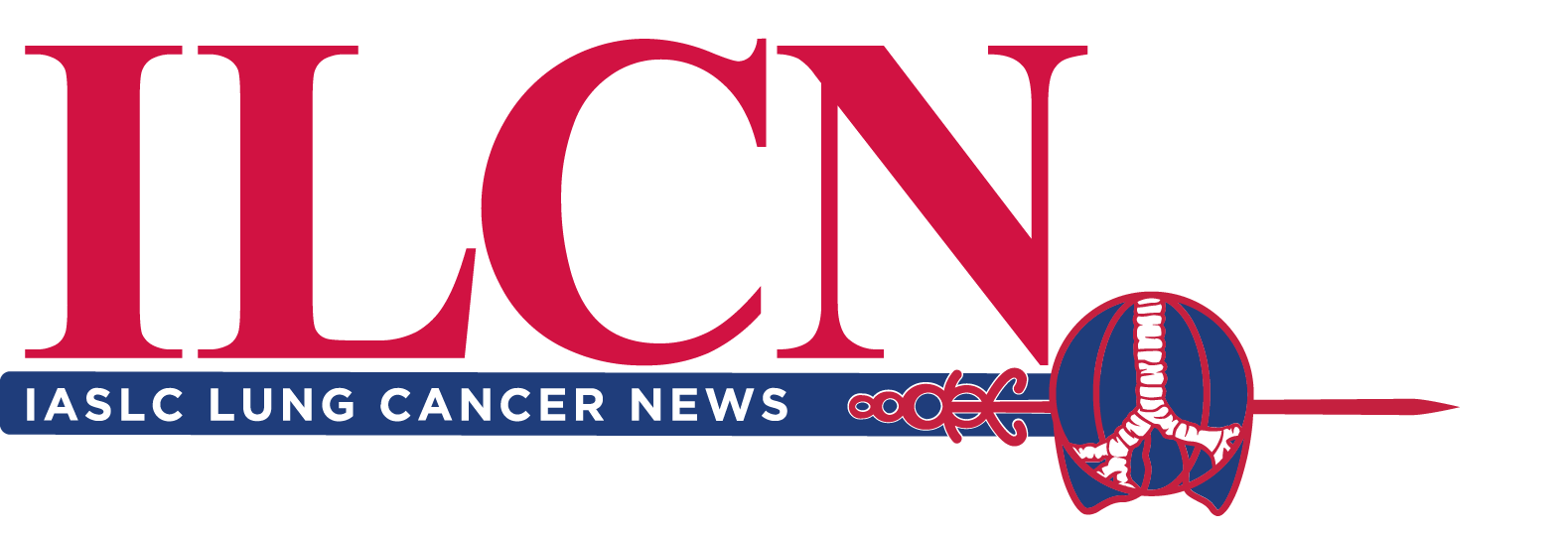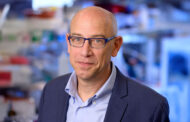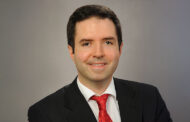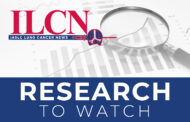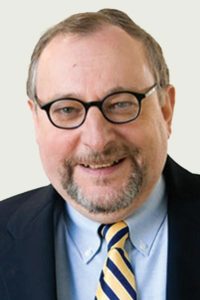
Fred R. Hirsch, MD, PhD
Editor’s Note: Get more highlights from ELCC 2022 from Lung Cancer Considered, IASLC’s podcast.
Internationally known investigator and former IASLC CEO Fred R. Hirsch, MD, PhD, recently reviewed decades of lung cancer research during his opening keynote address at the 2022 European Lung Cancer Congress. Dr. Hirsch, who is executive director of the Center for Thoracic Oncology and professor of medicine and pathology at the Mount Sinai Icahn School of Medicine, New York, spoke as the recipient of the 2022 Heine H. Hansen Award.
The award, established in 2015 by IASLC and the European Society for Medical Oncology (ESMO) honors Heine H. Hansen’s lifetime of international contributions to lung cancer research and education. It is presented annually to recognize an investigator who has made a significant, international contribution to lung cancer research and education.
“It is so appropriate that Dr. Hirsch received the Heine Hansen award,” said Paul Bunn, MD, who is a distinguished professor of medicine and medical oncology at the University of Colorado Anschutz Medical Campus, Aurora. “Dr. Hirsch was among the first of Dr. Hansen’s many trainees to go on to have a productive career. Dr. Hirsch studied several aspects of small cell lung cancer (SCLC), including its pathologic heterogeneity and its sensitivity to etoposide. During those years Dr. Hirsch became an expert in clinical and pathologic features of all lung cancers, including SCLC, and developed his mantra: ‘tissue is the issue.”
Early in his career, Dr. Hirsch worked with Dr. Hansen on investigations of small cell lung cancer, particularly staging of SCLC. During his lecture, which was titled “The Tissue is (Still) the Issue,” Dr. Hirsch discussed those early days and how it was Dr. Hansen who first tasked him with studying the morphology of SCLC.
“We looked at tumor homogeneity and discovered it’s a heterogeneous disease,” Dr. Hirsch said. “We demonstrated that patients with combined histology had poorer prognoses. That was the beginning of the study of heterogeneity in lung cancer. Today, we are dealing with several molecular subtypes of small cell lung cancer.
“So a relevant question still is ‘What are the clinical or therapeutic implications of mixed histology?’ We need further study.”
Dr. Hirsch went on to review progress to date in the field and what still needs to be investigated to address the clinical implications of mixed histology—particularly when it comes identifying new treatments or targets.
In addition, he reviewed research on biomarkers—and how they are measured—for several molecular subtypes of SCLC. For example, Dr. Hirsch discussed an analysis his group conducted of PD-L1 assays. While the lack of standardization in assays can create confusion, Dr. Hirsch’s study showed three of the four most commonly used assays were analytically similar for tumor cell staining.
“Harmonization is possible,” he said.
Dr. Hansen was the first executive director of IASLC, and he and Dr. Hirsch created many IASLC traditions that continue to this day, including international songs, scientific and social exchanges at the World Conference on Lung Cancer, the transfer of the IASLC flag, and many more.
“It was quite appropriate that Dr. Hirsch became the third executive director of IASLC, following in Dr. Hansen’s tradition of bringing excellence to the organization,” Dr. Bunn said. “Dr. Hirsch and his wife Pia were the backbone of the association following Dr. Hansen’s retirement, and both the IASLC and ESMO are indebted to their work.”
For more, Dr. Hirsch’s lecture and other ELCC 2022 presentations are available on-demand for attendees on OncologyPro.
